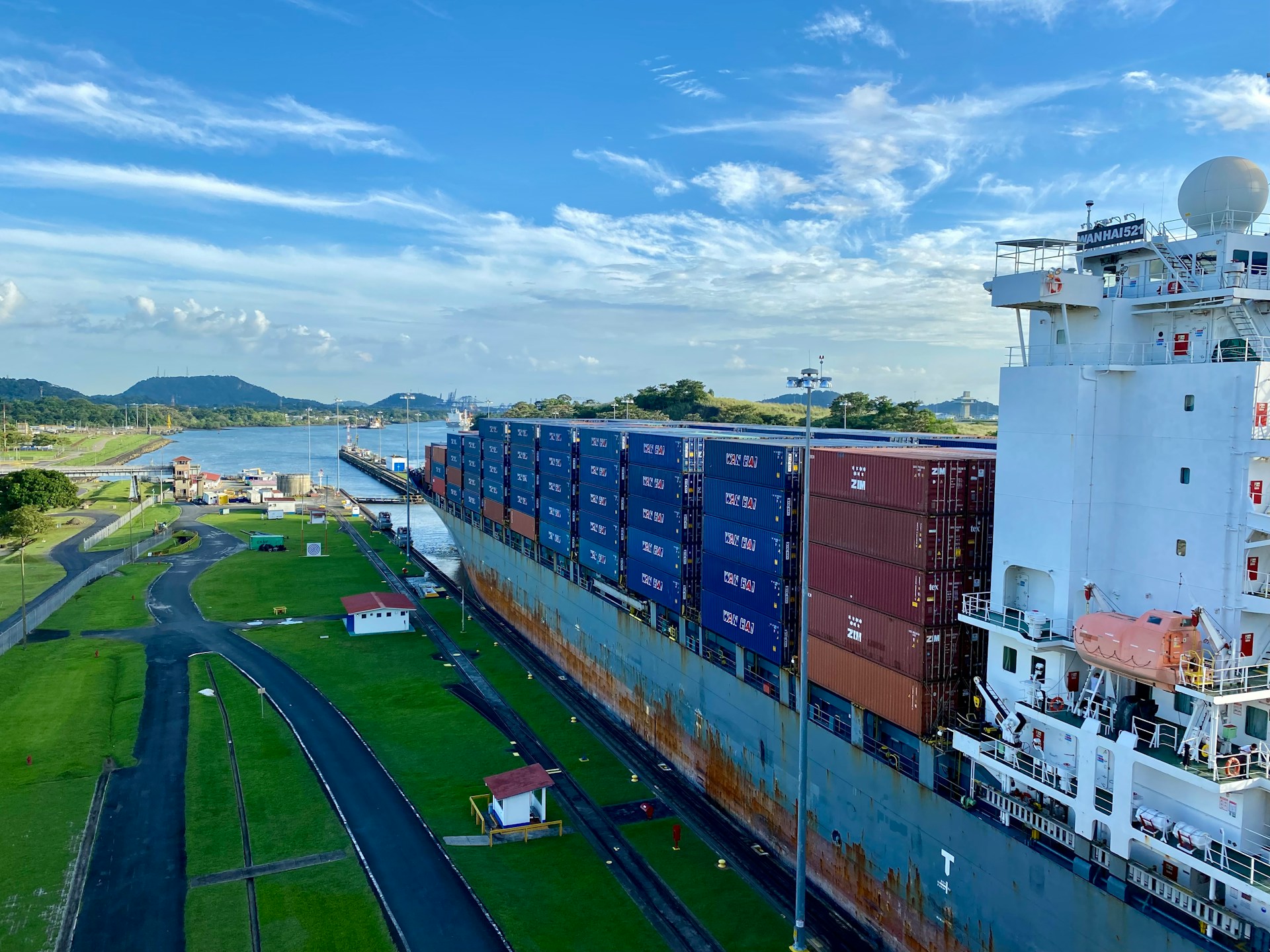Panama Canal Seeks Partners For New Port Developments

The Panama Canal Authority has begun a consultation process with global maritime industry leaders to explore potential partnerships for developing new port terminals on both the Atlantic and Pacific sides of the canal.
Following a model similar to that used for the gas pipeline project, the Panama Canal gathered representatives from leading container port operators and major shipping lines to discuss opportunities and requirements for the proposed developments.
Participants included executives from APM Terminals, COSCO Shipping Ports, CMA Terminals, DP World, Hanseatic Global Terminals, MOL, PSA International, SSA Marine, and Terminal Investment Limited. Representatives from major carriers such as CMA CGM, ONE, Evergreen, Hapag-Lloyd, HMM, Maersk Line, MSC, OOCL, COSCO, Yang Ming, ZIM, and the Port of Houston also took part in the discussions.
As part of this initiative, the Panama Canal will commission a comprehensive market and feasibility study for the two terminal projects. Based on the study’s findings, a general project plan will be drafted, leading to the launch of a formal concession process. The selected concessionaire is expected to be announced by the end of next year.
The primary objective of these projects is to expand Panama’s container transshipment capacity by approximately 5 million TEU annually, reinforcing the country’s position as a key logistics hub in global trade.
Panama’s ports have been in the spotlight recently due to uncertainty surrounding CK Hutchison’s operations. President José Raúl Mulino stated in July that if the courts overturn Hutchison’s operating contract, public-private partnerships could take control of the Balboa and Cristobal terminals.
This comes amid two legal challenges filed by Panama’s comptroller general, Anel Flores, who has petitioned the Supreme Court to annul Panama Ports Company’s (PPC) concession. PPC, which is 90% owned by CK Hutchison, has managed the Balboa and Cristobal ports since 1997 under a 25-year contract renewed in 2021.
Situated at opposite ends of the Panama Canal, the two ports have become focal points in the geopolitical competition between the United States and China. Former U.S. president Donald Trump even referenced them in his inauguration speech, pledging to “take back” the canal from Chinese influence.